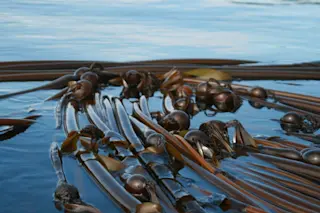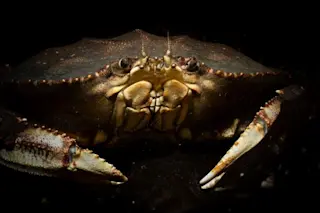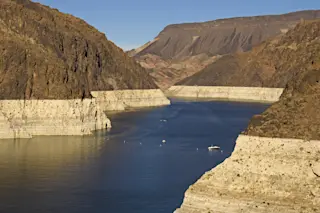Every year, a forest of bull kelp springs up from the ocean floor along 200 miles of California coast, fostering a regenerated, thriving ecosystem each time it appears.
But starting in 2013, this kelp forest suffered hits from several disasters. First, a mysterious and lethal disease cropped up among starfish in the area. Then, a massive heat wave stunted kelp growth. In just four years, over 90 percent of this stretch of kelp, as well as its thriving ecosystem, was replaced by seafloor populated only by sea urchins.
This week, scientists outlined how those disasters toppled this marine environment in a study published in the journal Scientific Reports.
Researchers say the disease seemingly came from nowhere. But the heat wave did not — that’s a byproduct of climate change. And scientists are still learning how temperature fluctuations like this one impact underwater environments, says study co-author Laura Rogers-Bennett, an environmental ...














